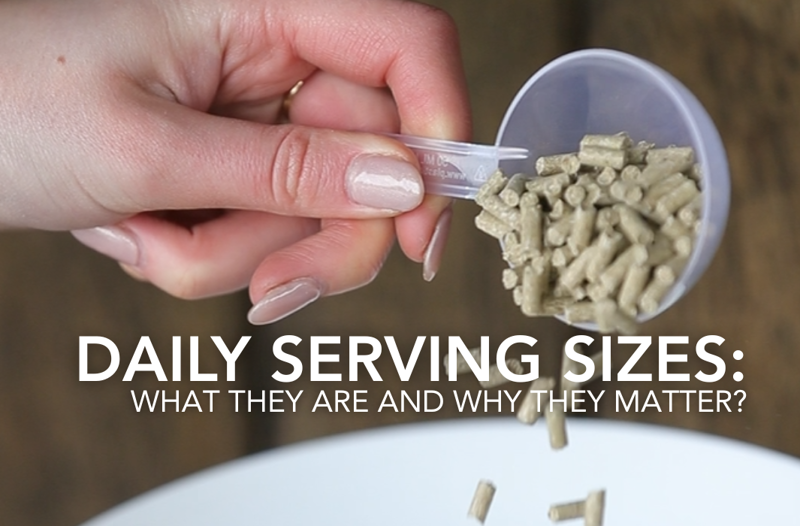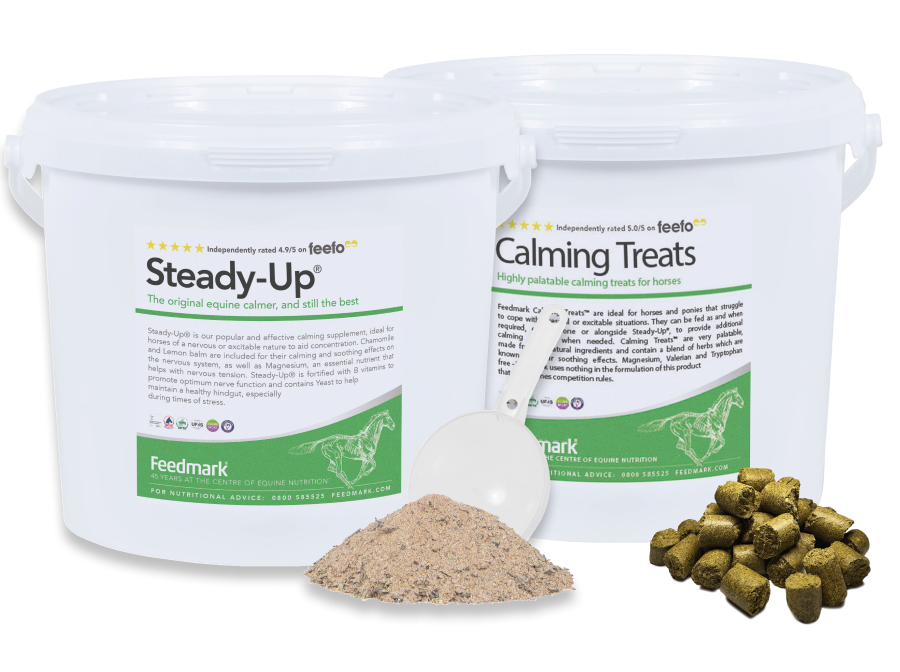When choosing supplements for your horse, the ingredients list is often the first place to look - and with good reason. Some nutritional ingredients have been more widely studied than others, and selecting products that use these well-researched ingredients can help you choose supplements that are designed to support the specific areas of well-being you have in mind.
How feeding rates are determined
Just as important as what goes into a supplement is how much of each ingredient your horse receives. Recommended serving rates aren’t arbitrary; they are based on published nutritional guidance, research into typical usage levels, and established safety considerations. Many ingredients are normally fed at levels that are considered appropriate to support their intended role. Feeding significantly below these levels may mean the product cannot offer the level of nutritional support it is formulated to provide. Conversely, feeding excessively high levels can present risks - ranging from unnecessary expense to, in extreme cases, potential toxicity.
Every product in the Feedmark range comes with a recommended feeding guide based on your horse or pony’s estimated bodyweight. You’ll find these guidelines on each product’s webpage or on the back label. Following them ensures your horse receives the right amount of each active ingredient, aligned with the extensive research used to formulate the product. This is especially relevant for products designed to support joint or digestive wellbeing - feeding well below the guideline may mean certain ingredients don't reach the threshold level demonstrated in the research to be effective.
The importance of accurate weight estimation
Because serving sizes are calculated according to body weight, having a reasonable estimate is essential. It’s often easy to underestimate or overestimate your horse’s weight, sometimes even by 50 –100 kg, and this can significantly affect how much of a supplement the horse receives. A weighbridge offers the most accurate way to monitor your horse's weight, but, of course, we don’t all have access to weighbridges whenever we need them. A weigh tape or a body condition score is a helpful alternative, and keeping a close eye on weight, especially across seasonal changes, will help you to keep feeding rates aligned with your horse’s true needs.
Consistency and expected timeline for results
Even the best supplement cannot work effectively if it isn’t fed consistently. Most ingredients need time before we might start seeing a positive effect from them. For joint, digestive, and hoof supplements, for example, daily feeding is recommended, and owners often report that any visible changes may take several weeks or months, rather than days. Whilst missing one or two daily servings may not affect a horse who has been regularly taking the supplement for many months, regularly missing servings or feeding only intermittently may prevent the active ingredients from reaching and maintaining their effective levels. Following the recommended daily amount, every day, gives your horse the best chance to benefit from the supplement.
Vitamins, minerals, and daily essentials
For vitamin and mineral products - such as Benevit, Original Balancer, SlimAid, and LiverAid - feeding according to the guidelines helps ensure your horse is receiving National Research Council recommended nutrient levels. Because testing a horse’s nutrient status can be costly and sometimes unreliable, the most dependable way to support good nutrition is simply to provide all essential nutrients through the diet. Giving a balancer or vitamin and mineral supplement at the recommended level is an easy, effective way to achieve this.
Feeding the right amount, every day, is the key to getting real results from your horse’s supplements. Accurate weight estimates and consistent daily use help ensure each product provides the nutritional support it was designed to offer. With appropriate feeding rates and regular use, supplements can play a helpful role in supporting your horse’s overall well-being.




